With every brand competing for attention, trust is what ultimately earns the conversion. In fact, 89% of consumers trust recommendations from friends, family, or peers over any form of advertising. This makes brand advocacy one of the most powerful tools for ecommerce brands looking to grow. Advocates (those who actively promote your business) are the key to building lasting relationships and expanding your reach.
So, how can ecommerce brands make people advocate for their products? In this guide, we’ll explore proven strategies to transform different types of stakeholders into passionate advocates who help grow your brand and drive sales.
What is brand advocacy?
Brand advocacy is when individuals promote a brand and its products or services, sharing their positive experiences, typically through word-of-mouth or on social media platforms.
For example, Glossier, a beauty brand, has successfully built brand advocacy through its community. Instead of relying on traditional celebrity endorsements, Glossier engaged loyal customers and micro-influencers, encouraging them to share their experiences and skincare routines (where they use Glossier products) on social media.
This not only built trust but also turned customers into enthusiastic brand advocates who helped the company expand its reach by authentically promoting the brand.
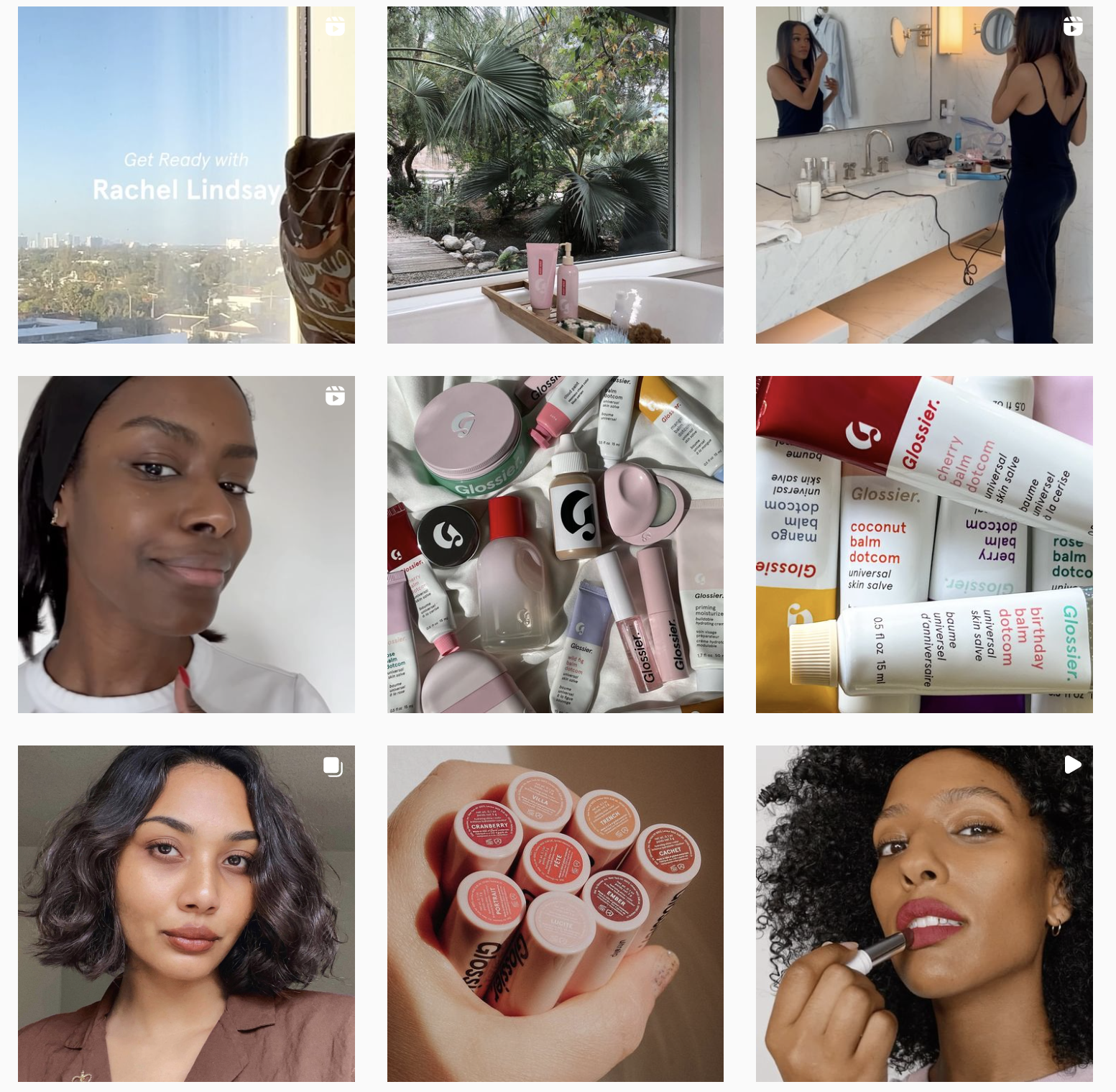
Why is brand advocacy important for your ecommerce business
Brand advocacy increases brand awareness, improves the brand’s image, and helps businesses reach larger audiences through organic promotion.
Here’s are the benefits of brand advocacy for ecommerce brands:
- Turns customers into referrers: Advocates actively recommend your products, expanding your brand’s reach to their networks. Research shows that brand advocates are 55% more likely to influence a purchase compared to traditional advertising.
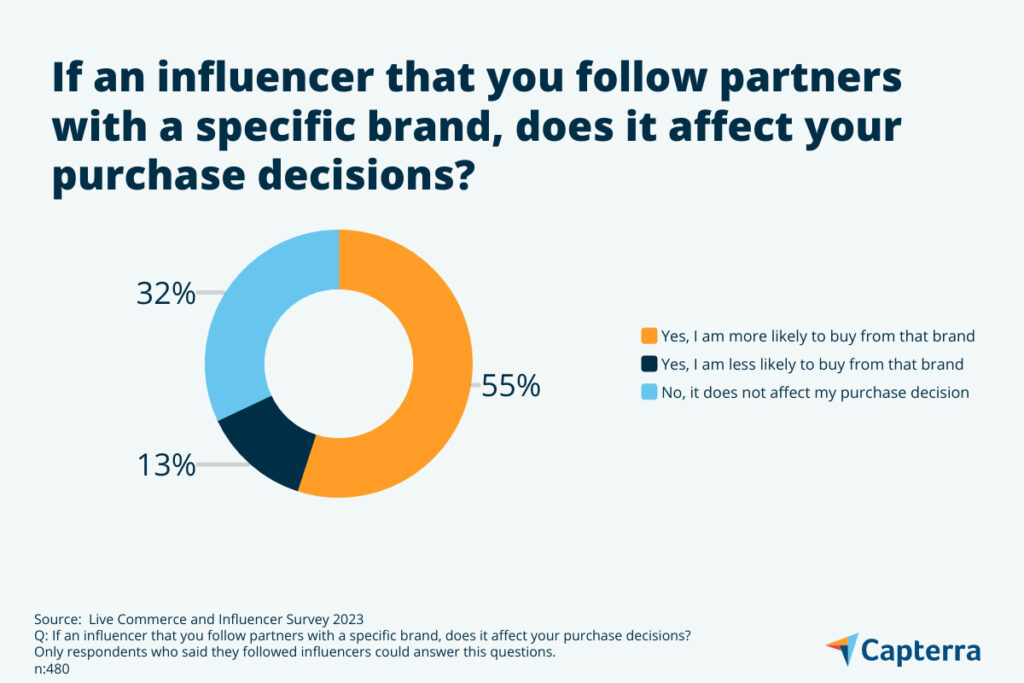
- Increases trust: Recommendations from trusted sources (friends, family, or influencers) carry more weight than traditional ads. 88% of consumers trust recommendations from people they know more than any other form of advertising.
- Increases organic reach: Advocates spread the word about your brand for free, helping you reach new customers without paying for ads. This is particularly powerful in ecommerce, where organic promotion is often more effective than paid ads.
- Captures new customers: Word-of-mouth endorsements from advocates help attract new customers who are more likely to trust a recommendation from someone they know. Studies indicate that 70% of consumers are more likely to purchase based on recommendations from people they trust.
- Reduces CAC: Brand advocacy lowers your reliance on expensive marketing campaigns, as your advocates spread the word naturally. This reduces your customer acquisition cost because there’s less effort needed to attract new customers.
- Increases retention: Advocates tend to be loyal customers who are more likely to return and continue purchasing. 82% of companies believe that retaining existing customers costs less than acquiring new ones.
Types of brand advocate programs
Brand advocacy comes in different forms, and each type uses different groups to promote a business. The main types of brand advocate programs are:
Customers
Customer advocacy is where satisfied customers actively promote the brand to their network. These advocates drive organic growth by sharing positive experiences through referrals, social media posts, reviews, or testimonials.
For example, Monica Vinader, a luxury jewelry brand known for its contemporary designs, uses its referral program to incentivize advocacy by rewarding customers with points, complimentary products, and VIP benefits for completing activities and spending.
This strategic use of their existing customer base boosts brand visibility and loyalty, which in turn drives consistent growth even in a competitive market.

Employees
Employee advocacy program takes advantage of the knowledge and passion that employees have for the brand. By empowering employees to share their personal experiences and insights on social media, they naturally become authentic promoters of the brand.
Coca-Cola's ambassador program, for example, encourages employees to share their personal stories and moments related to the brand on their social networks. This strengthens the connection between the company and its consumers, turning employees into trusted brand ambassadors who help amplify Coca-Cola’s message in a genuine and impactful way.
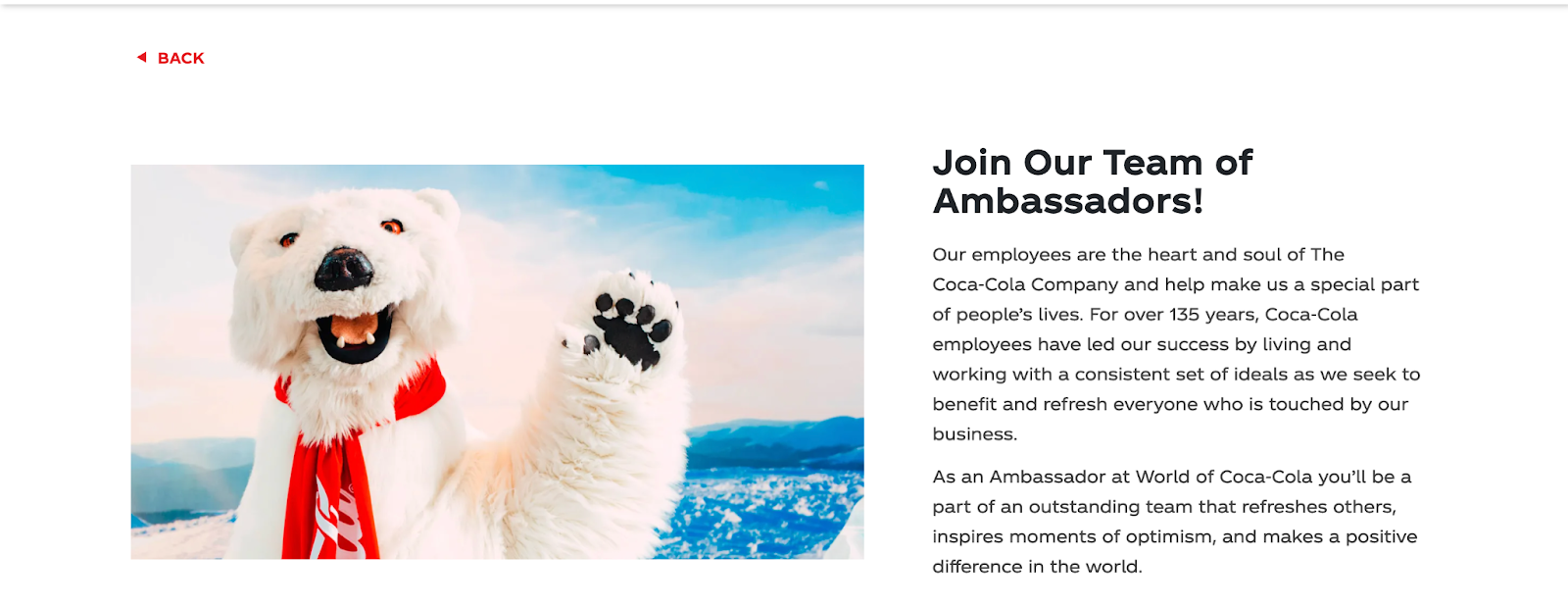
Influencers
Influencer advocacy focuses on collaborating with influencers who have a large and engaged following to promote the brand. These influencers create sponsored content, share affiliate links, and engage their audience in marketing campaigns.
For example, Zoe Sugg, a lifestyle influencer, has collaborated with Marks & Spencer to promote their products, reaching millions of engaged followers. By using Zoe’s authentic relationship with her audience, Marks & Spencer increases brand credibility and visibility, driving direct sales and capturing new shoppers who are sure to turn into loyal customers.

Examples of brand advocacy
There are various ways to encourage brand advocacy, all of which help boost brand awareness and build customer loyalty. Here are some key examples of successful brand advocacy programs:
- Social media posts: Brands like Apple collect user-generated content through campaigns like the #ShotOniPhone, where customers share their photos taken with an iPhone. This showcases the quality of the product and also encourages advocates to promote the brand organically.
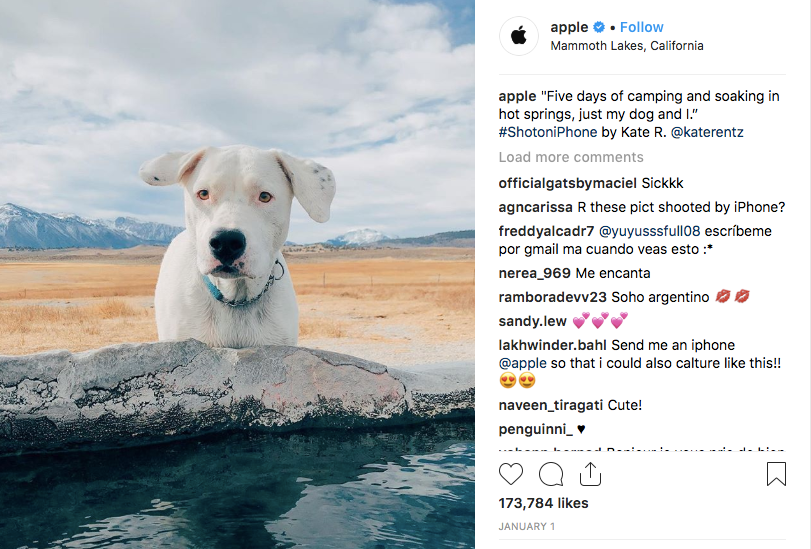
- Customer referrals: Tesla's referral program is a great example, offering perks like free Supercharging for customers who refer new buyers. This taps into the enthusiasm of existing customers and encourages them to spread the word and attract new buyers.
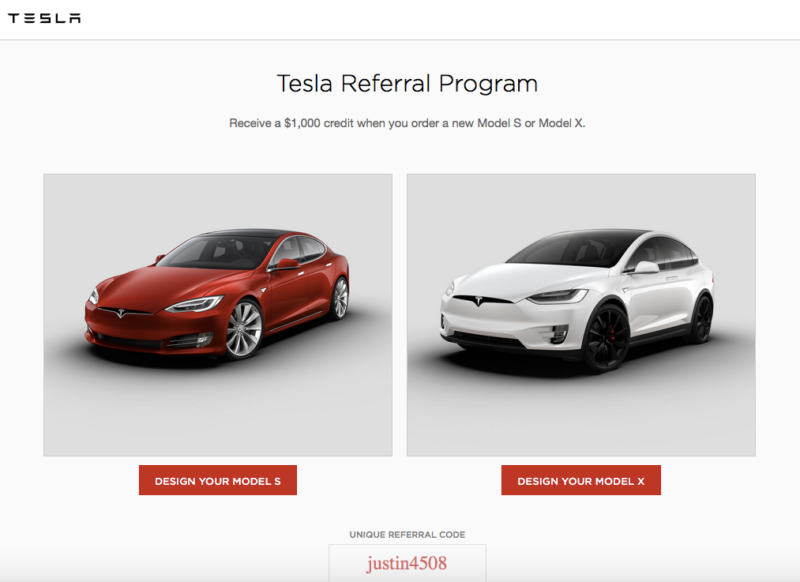
- User-generated content (UGC): Nike encourages customers to share their fitness journeys, turning them into advocates who inspire others to join the brand’s mission. This strengthens the community around the brand while also expanding its reach.

- Influencer marketing: Lululemon's ambassador program partners with fitness professionals to promote its products. These ambassadors become key brand advocates, sharing their love for Lululemon with their followers, which helps the brand connect with new, targeted audiences.

- Online communities: Sephora's Beauty Insider Community fosters a space where customers can share experiences, reviews, and beauty tips. This community-driven approach turns loyal customers into brand advocates who spread the word and influence others in their network.
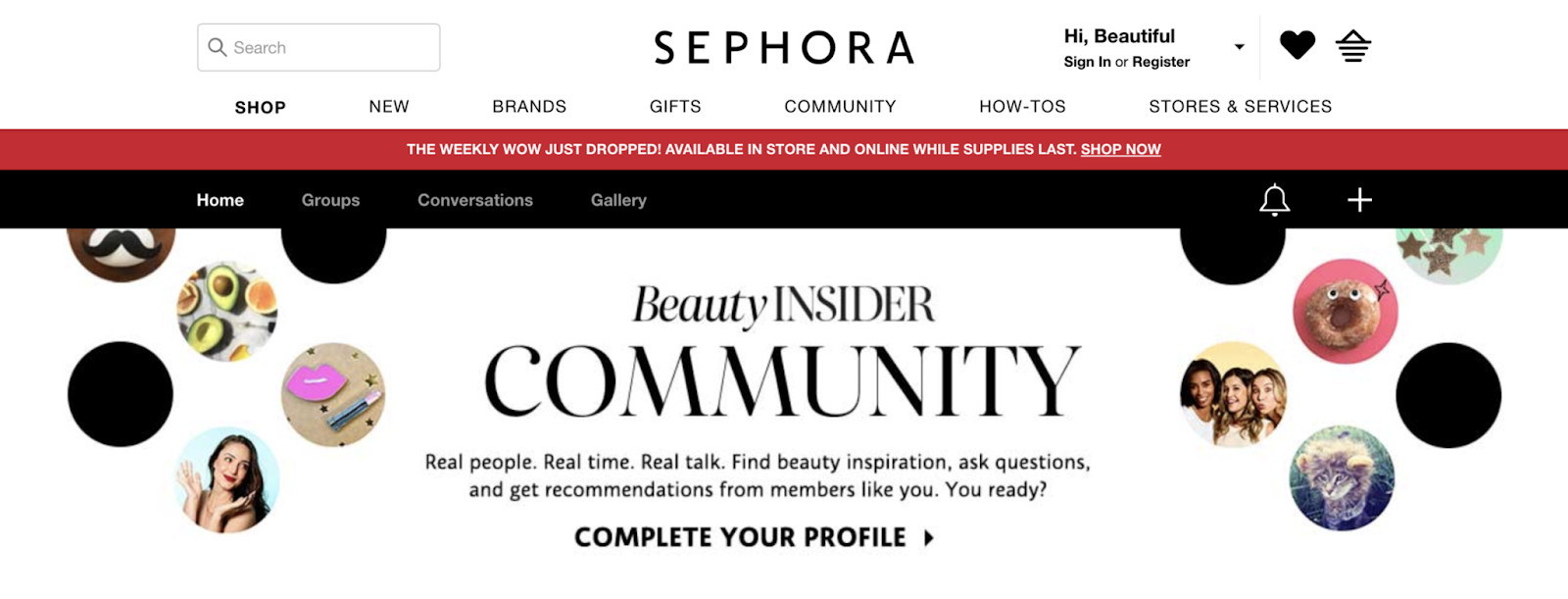
- Product reviews: Tumble, a home goods brand, effectively uses product reviews on its website, allowing customers to leave detailed feedback and share their experiences with potential buyers. Positive reviews can significantly influence buying decisions, helping to convert new visitors into advocates.
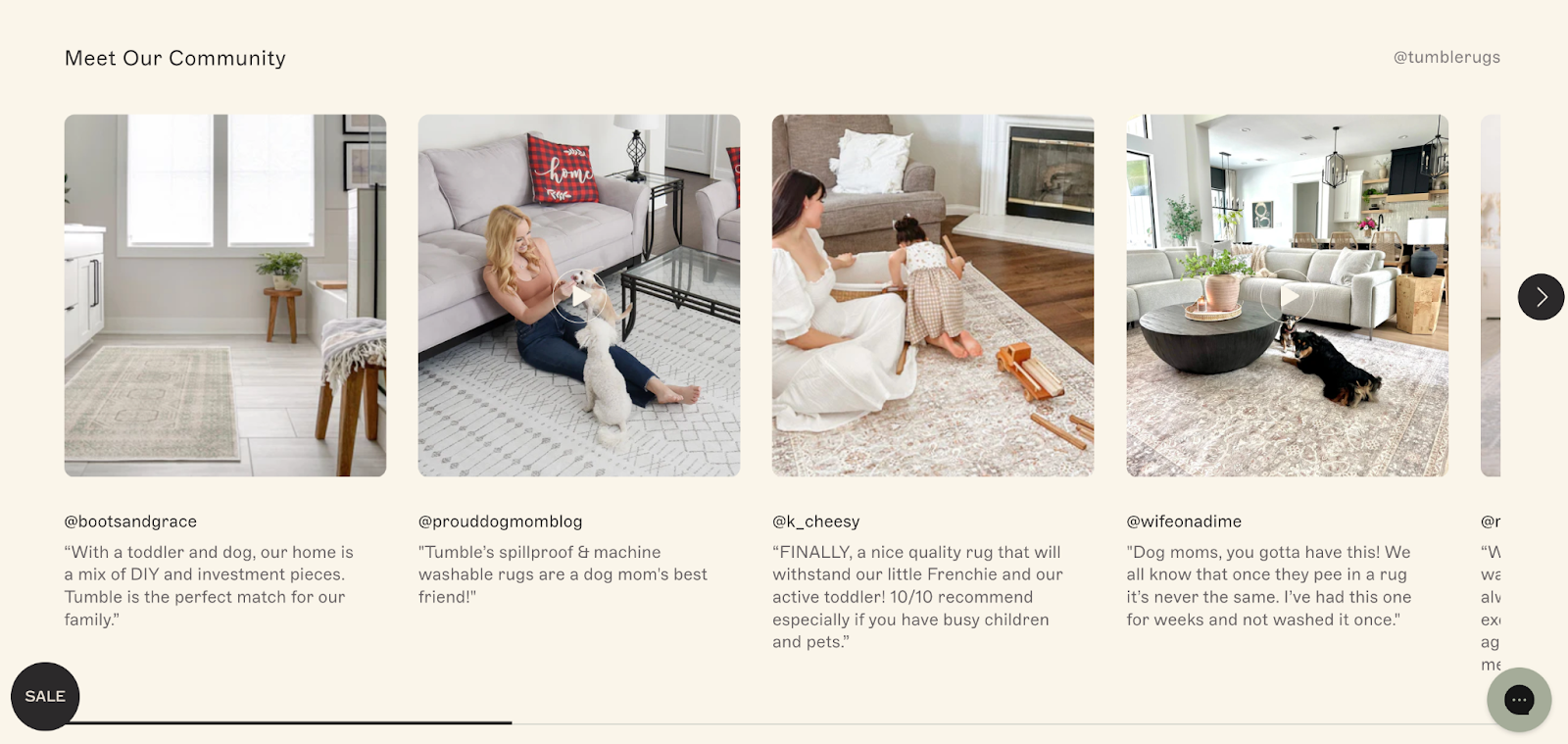
How to build brand advocacy
Brand advocates drive word-of-mouth for your brand, which is far more effective than traditional marketing. These advocates (customers, employees, or influencers) become your most valuable assets, promoting your brand to new audiences, building trust, and influencing purchasing decisions.
Here’s a tactical, step-by-step guide to building brand advocacy for your ecommerce business:
Deliver positive customer experiences
From the first interaction to post-purchase, a memorable experience increases the likelihood that customers will recommend your brand to others. In ecommerce, this means delivering high-quality products, excellent customer service, and memorable moments during unboxing and delivery.
When customers feel valued and delighted, they’re more inclined to become advocates. Here’s how to implement this marketing strategy:
- Create memorable unboxing or delivery experiences: Use quality packaging, include personalized touches like handwritten notes or surprise gifts, and make sure the product quality exceeds expectations.
- Offer personalized customer support: Going the extra mile to resolve issues and providing exceptional support fosters loyalty and advocacy.
- Consistently meet and exceed customer expectations: Regularly check in with customers post-purchase to address any concerns, and go the extra mile with personalized touches, like handwritten notes or surprise gifts, to make them feel valued.
- Reduce time to response and resolution: Implement live chat support, automated responses for common queries, and provide clear channels for immediate assistance.
For example, Allbirds, known for its sustainable footwear, creates an exceptional unboxing experience with eco-friendly packaging and personalized notes. This guarantees that customers feel appreciated and part of the brand's mission.
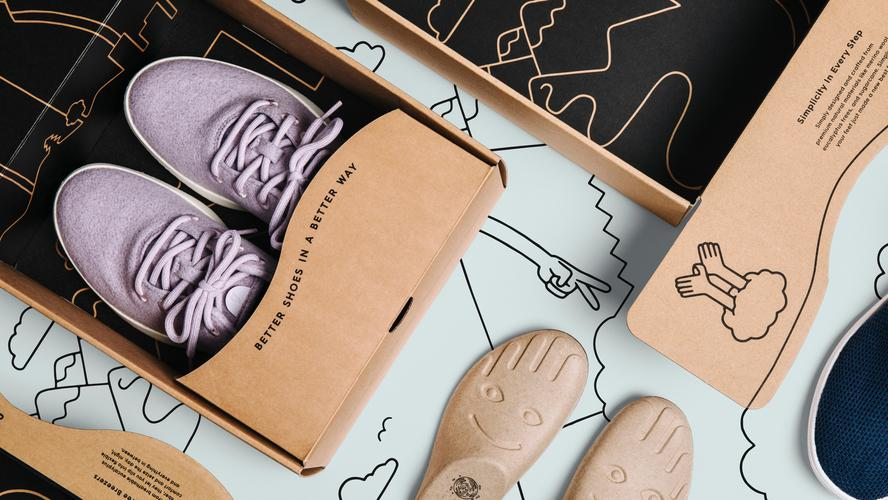
Request reviews and feedback
When customers leave positive reviews or provide feedback, they help potential buyers understand why your products are worth purchasing. By encouraging reviews and feedback, you tap into customer trust, which boosts the brand’s value and advocacy.
Here are some best practices to capture reviews for brand credibility and feedback to increase satisfaction and improve your offerings:
- Send post-purchase emails: Send follow-up emails encouraging customers to share their experiences with your product. Include a call to action, asking to leave a review or share pictures on social media.
- Incentivize reviews: Offer discounts, loyalty points, or exclusive access for customers who leave reviews or feedback.
- Encourage photo reviews: Make it easy for customers to share images of their purchases, creating social proof and more authentic user-generated content (UGC).
- Run surveys and collect feedback: Ask for regular feedback, which will help you improve the experiences you offer and retain existing customers by showing you care about their opinions.
For instance, Animalhouse Fitness has effectively used product seeding as a way to request feedback and encourage customers to review their products. By sending products to influencers or loyal customers in exchange for honest reviews, these brands not only received valuable feedback but also amplified their reach through authentic advocacy.
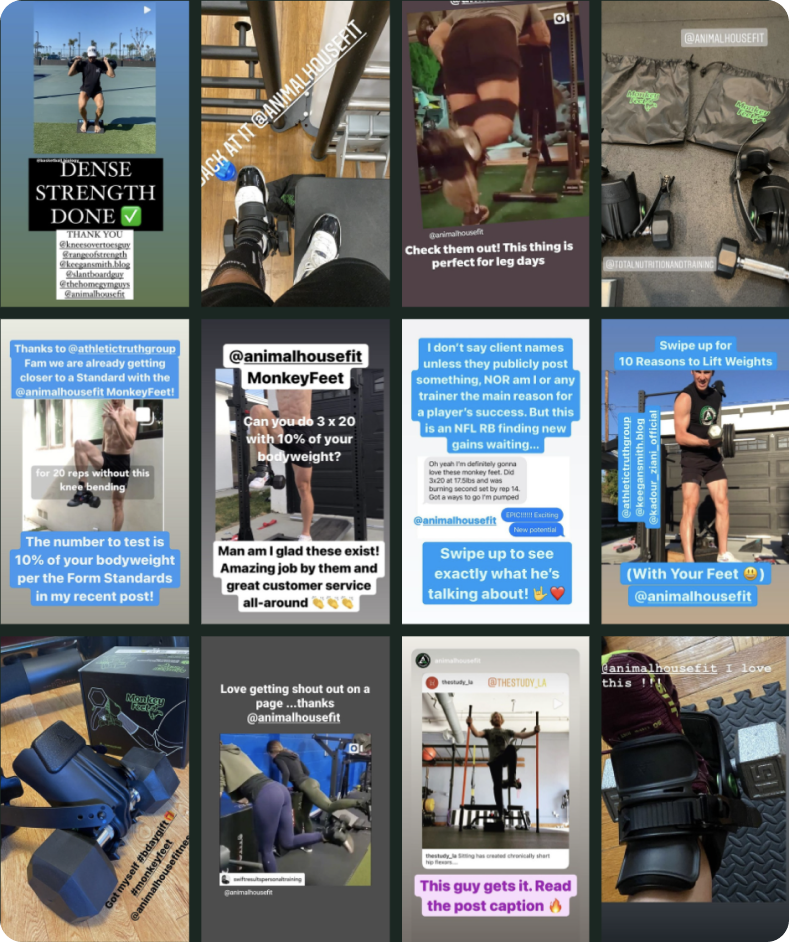
Reward loyal customers
A loyalty program lets you turn satisfied customers into active brand advocates by offering rewards and recognition for repeat purchases, referrals, and social engagement.
Here’s how to set up a loyalty program:
- Build a tiered rewards system: Offer escalating rewards for more engagement, such as exclusive discounts, free products, or early access to new collections.
- Create exclusive perks: Reward top-tier advocates with VIP benefits like special events or early product launches.
- Highlight customer achievements: Publicly celebrate loyal customers who reach milestones in your program, making them feel valued and encouraging others to participate.
SHEIN has a loyalty program called SHEIN Bonus Points. Customers earn five points for posting a review with text, ten points for sharing photos, and additional points for providing size details. These points can be redeemed to reduce the price of future purchases by up to 70% or for special coupons during sales events.
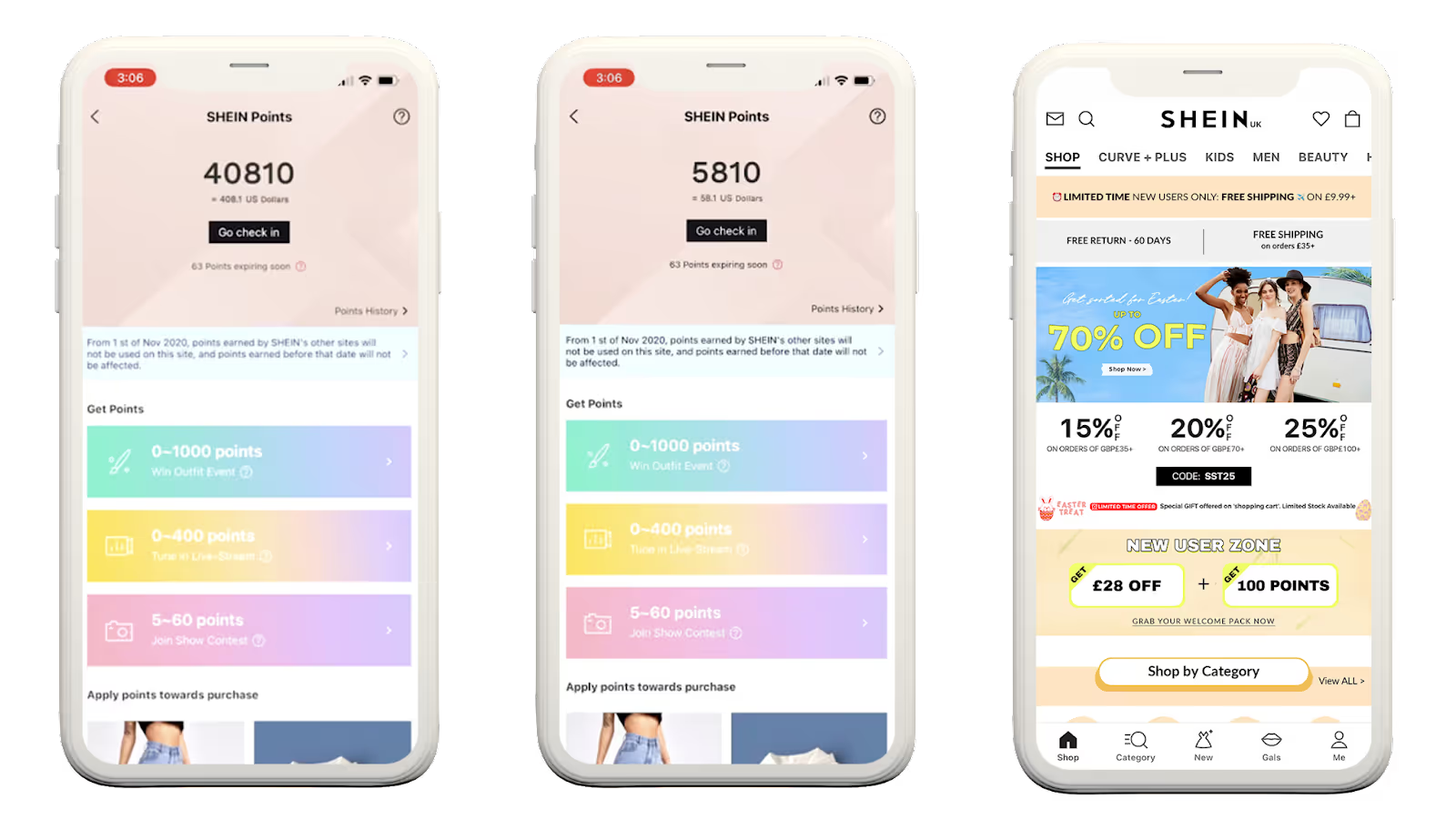
Foster a community among your target audience
Building a community around your brand allows your customers to engage with each other, discuss common interests, and share what they love about your brand. Strong communities also amplify brand visibility since members naturally share content and recommend products within their networks.
Some ways to create an engaging brand community are:
- Build online forums or social groups: Create a Facebook group, subreddit, or Discord channel where your target audience can share their experiences and discuss common interests.
- Engage customers through content: Regularly post content that sparks conversation and encourages participation in your brand’s community.
- Reward community involvement: Offer incentives like exclusive content or discounts to active participants who help foster engagement and share your brand message.
DadGang, a brand redefining fatherhood fashion, created a tight-knit community by connecting with fathers who resonate with their unique mission. The brand built a Facebook group where customers could engage with each other, share stories about fatherhood, and showcase their products from the brand.
This sense of belonging turned customers into vocal and passionate advocates, eager to promote the brand within their networks.
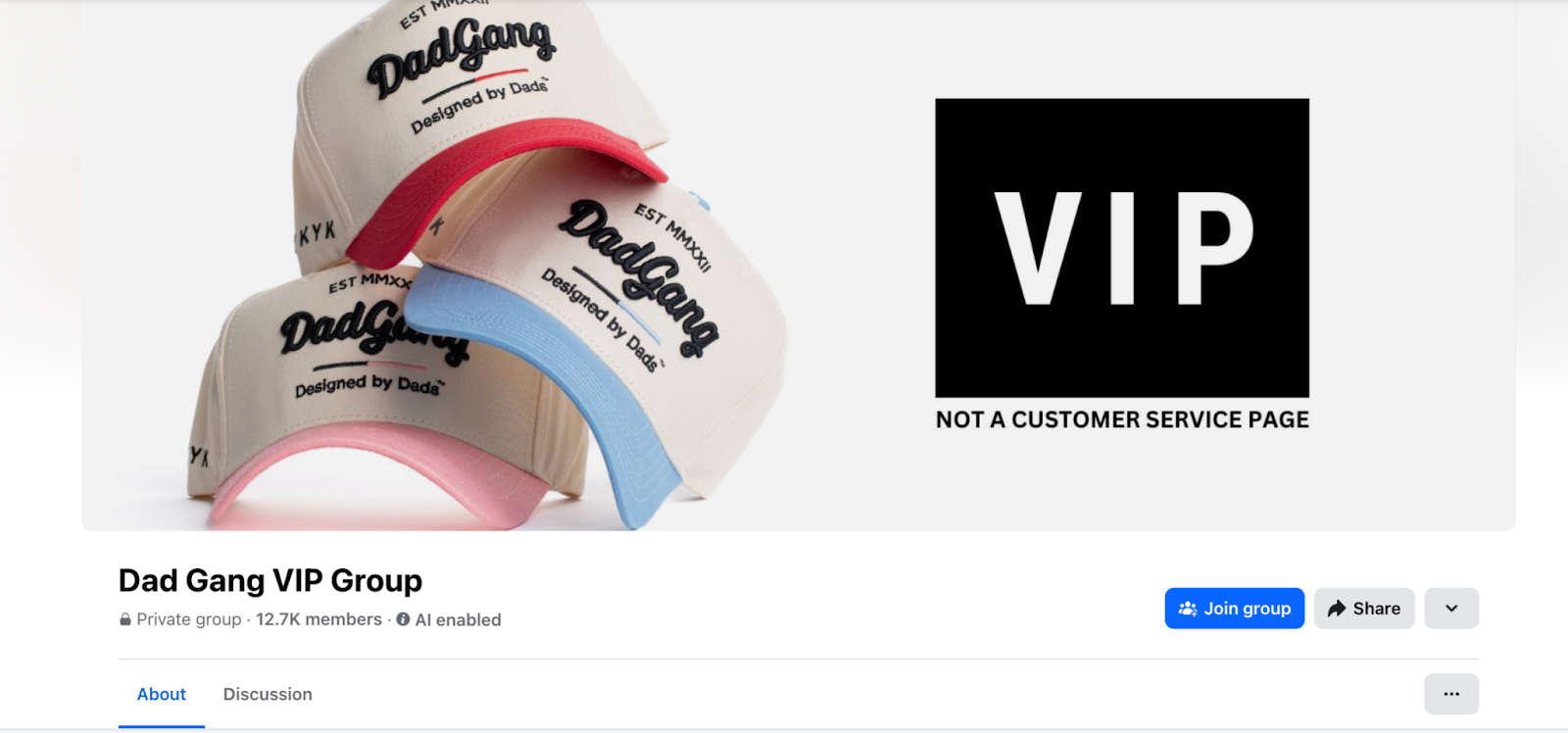
Incentivize customers with a referral program
Referral programs incentivize existing customers to advocate for the brand. By offering rewards for referring friends, your existing customer base will generate new leads for your brand. Referral programs tap into customer trust, as potential customers are more likely to trust a personal recommendation than an ad.
Here are some ways to implement a successful referral program:
- Make it simple: Create a straightforward referral system that’s easy for customers to share with their friends.
- Offer enticing rewards: Incentivize both the referrer and the new customer with a discount, store credits, or free products.
- Promote the program: Make sure your customers are aware of the referral program through email, social media, and a landing page on your website.
Buoy, a sustainable swimwear brand, launched the "Give $10, Get $10" referral program, incentivizing customers to refer their friends by offering both the referrer and the new customer a discount. This simple, effective system helped Buoy tap into word-of-mouth marketing, turning loyal customers into brand advocates.
By integrating Social Snowball, Buoy streamlined its referral program, automating payouts, consolidating affiliate tools, and introducing a tiered commission structure. In just 12 months, they generated $400K+ in affiliate revenue, reduced manual work by 80%, and achieved a CPA under $20.
This simple, effective system helped Buoy tap into word-of-mouth marketing, turning loyal customers into brand advocates.
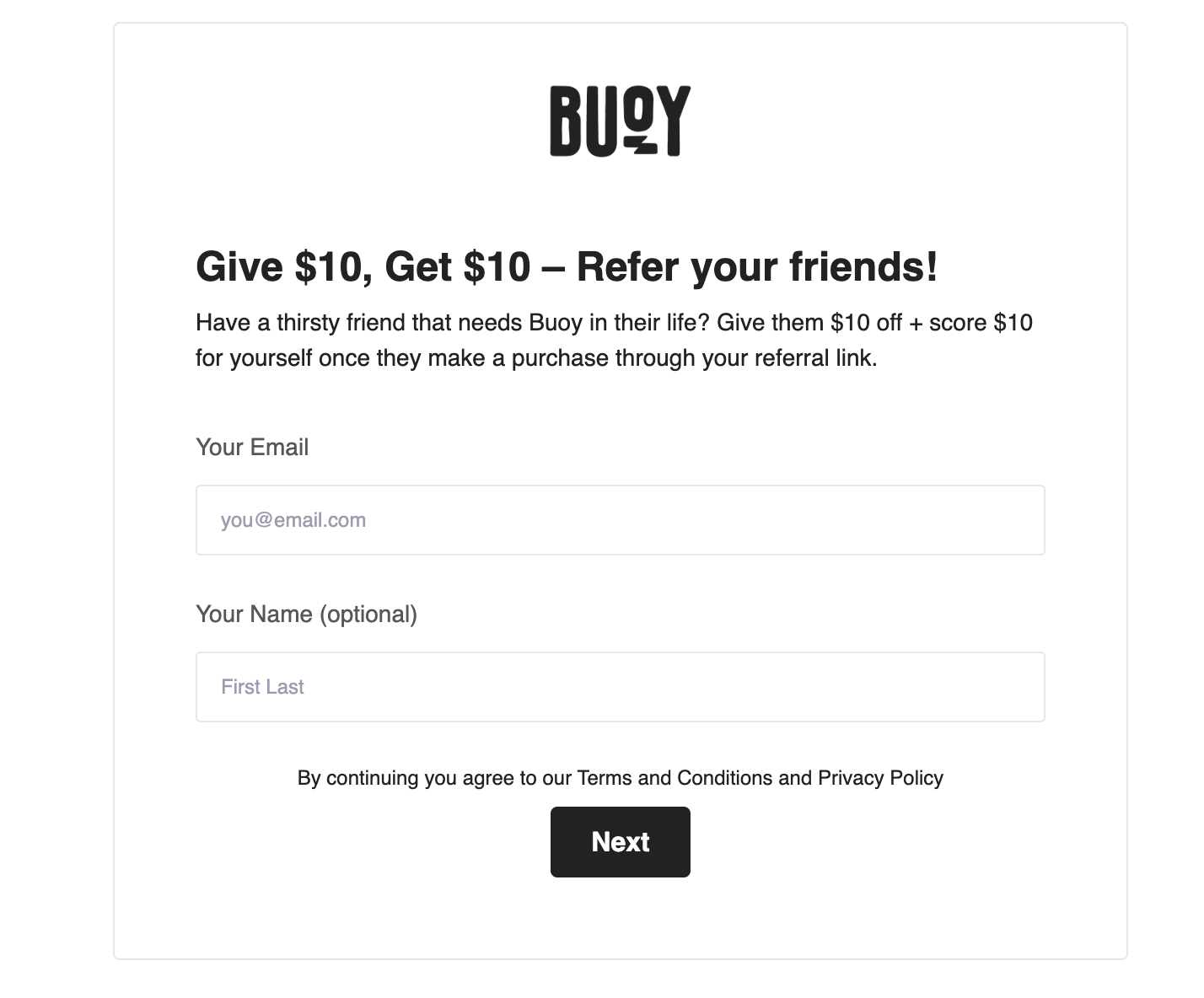
See 15 examples of real referral programs to inspire yours.
For influencers: Launch an affiliate program
An affiliate program allows influencers and creators to earn commissions for the sales they generate, motivating them to create high-quality content around your brand and promote it more. These partnerships drive long-term brand advocacy and reach a larger, targeted audience.
Here are some steps to set up an effective affiliate program:
- Offer competitive commissions: Provide influencers with a commission structure that motivates them to promote your brand consistently.
- Make it easy to track performance: Use affiliate software to track sales, clicks, and conversions, guaranteeing transparency and trust.
- Partner with the right influencers: Work with influencers whose audience aligns with your brand to maintain authenticity and relevance.
Tabs Chocolate, for example, successfully implemented an influencer marketing program where influencers could earn commissions on the sales they drove. This boosted their brand visibility and helped them build a community of advocates who actively promoted their products across platforms like TikTok, Instagram, and YouTube.
The brand also used Social Snowball to streamline its influencer marketing efforts. With automated discount code generation and simplified tracking, they saw a 17% increase in revenue from influencer marketing and a 9.8x return on investment.
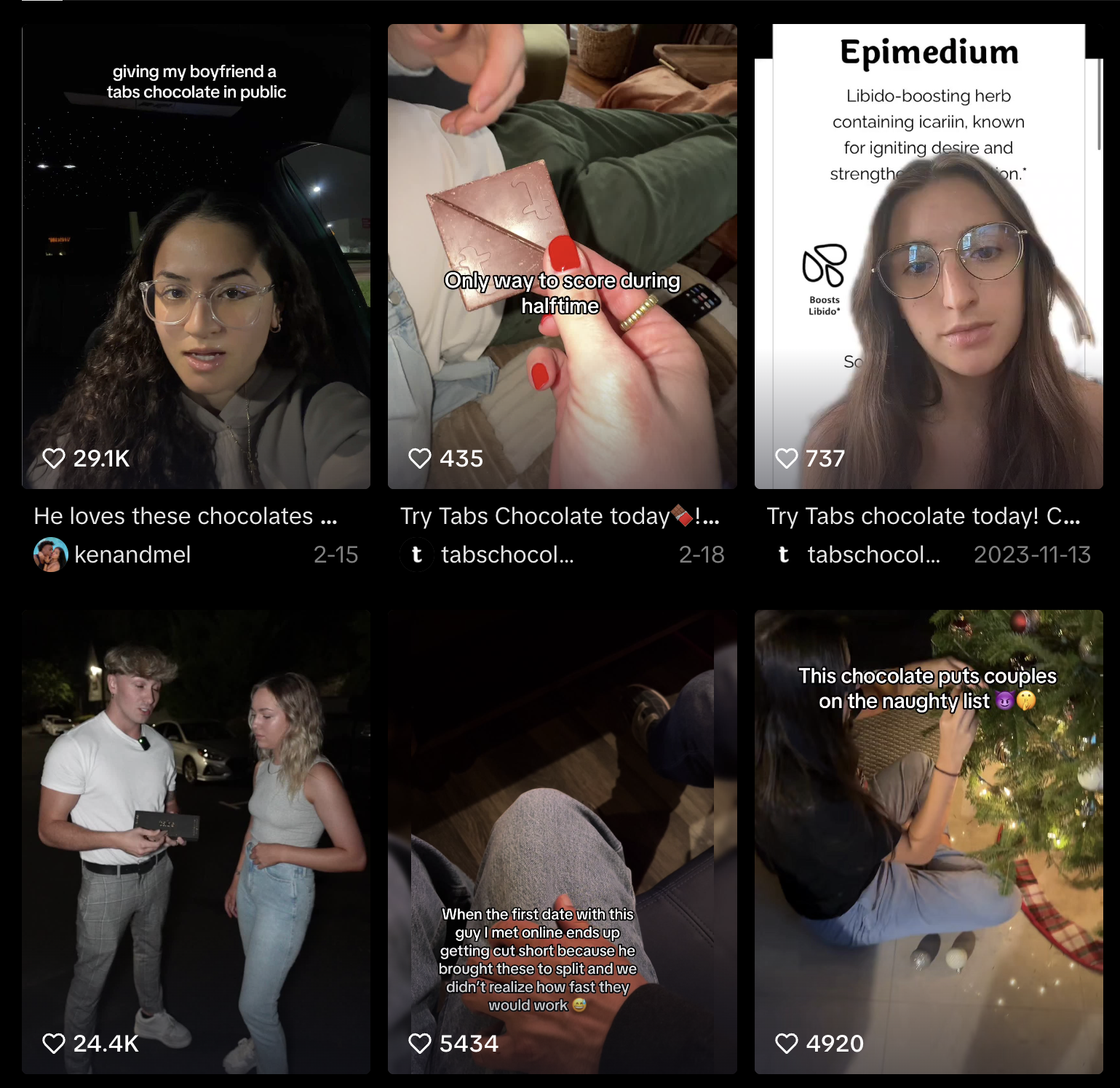
Amplify UGC publicly and across your sales touchpoints
When customers share content about your brand, it creates authenticity and social proof. You can amplify this content by reposting it on your social media accounts, website, and in email marketing. This not only boosts your brand’s credibility but also encourages more customers to create and share content.
Here’s how you can effectively leverage UGC:
- Repurpose content: Share UGC across your brand’s social media accounts, website, and email campaigns to build authenticity and social proof.
- Encourage more content creation: Make it easy for customers to share their content by promoting branded hashtags or offering incentives for content submissions.
- Engage with creators: Respond to customers and creators who share content about your brand, making them feel seen and appreciated.
Wildbird, a brand known for its baby slings, actively encourages its customers to share photos and videos of their products in use. By reposting honest reactions to their products across their website and social media, other customers feel inspired to share their own experiences, and potential buyers perceive them to be authentic and credible.
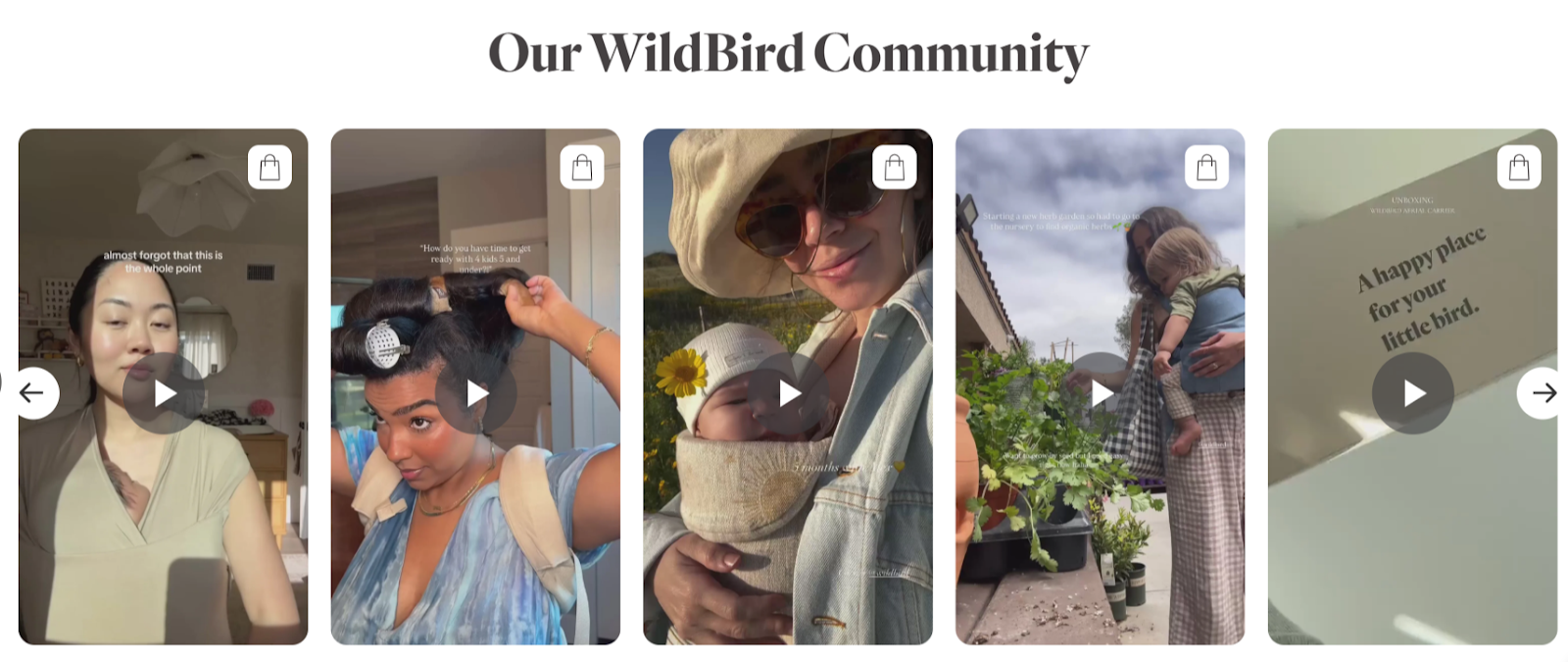
Run social media campaigns to share how customers use and love your products
Social media campaigns that highlight how customers use and love your products are an excellent way to build trust and engage a broader audience. When customers share their authentic experiences with your products, it serves as social proof, encouraging others to try your brand.
These campaigns boost brand visibility and create a community of loyal customers who actively advocate for your brand.
Here are some best practices to leverage social media for advocacy:
- Encourage customers to share content: Ask your customers to share photos or videos of them using your products on their social channels. Use a branded hashtag to make it easy to track and engage with these posts.
- Highlight UGC: Share customer content on your social media platforms. This shows appreciation for your advocates and encourages more customers to participate.
- Host contests or challenges: Run fun campaigns or challenges that prompt customers to share creative uses of your product for a chance to win prizes or be featured on your brand’s page.
- Engage with tagged content: Actively engage with content that customers tag you in. Leave comments, repost, and share these posts to strengthen relationships and boost your brand's visibility.
For example, Gymshark, an athletic apparel retail brand, launched #Gymshark66challenge on TikTok, encouraging participants to commit to a 66-day fitness journey, sharing their progress with before-and-after results. This challenge generated over 700k views and strengthened Gymshark's association with positive lifestyle changes.
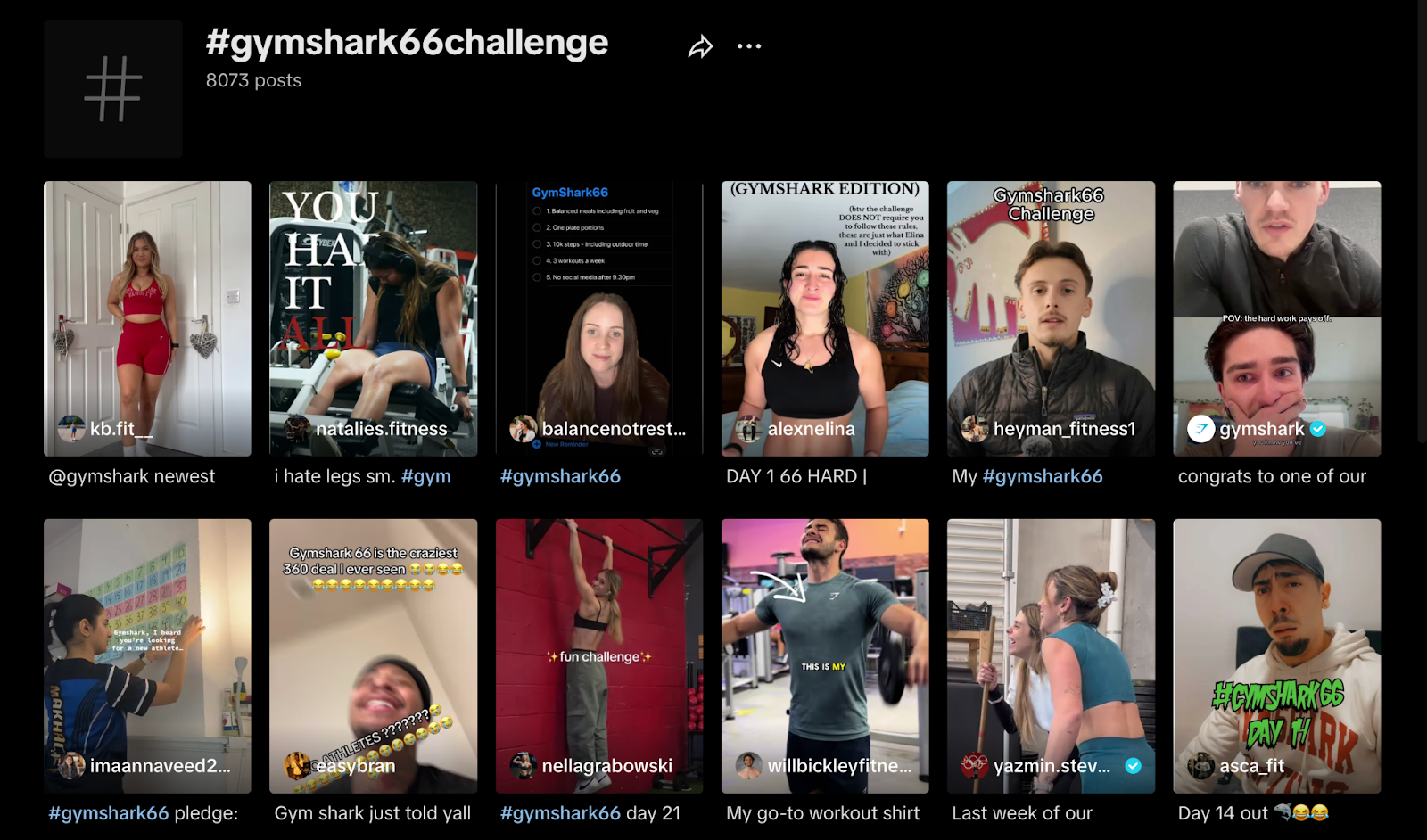
How to measure brand advocacy
How you measure brand advocacy depends on the channels and types of strategy you’re implementing. Some key metrics to track include:
- Referral rate: Monitor the number of new customers acquired through referrals from existing advocates. Higher referral rates indicate strong brand advocacy. This can be tracked through referral codes or specific surveys asking how customers discovered your brand.
- Shares and posts by customers: Track how often customers share your brand’s content, such as posts, reviews, or mentions on their social media accounts. This indicates the level of engagement and organic promotion that your advocates are creating for the brand.
- UGC volume and engagement: User-generated content (UGC) is a strong indicator of brand advocacy. Track the volume of UGC created by advocates, including photos, reviews, and videos. Also, analyze the engagement that these pieces receive to measure their impact on brand visibility and trust.
- ROI of affiliate program: Measure how effective your brand advocacy program is by tracking the return on investment (ROI) of the program you’re running. Assess how much revenue your advocates are generating compared to the affiliate program’s costs. A positive ROI suggests that your advocacy initiatives are driving tangible business results.
- Lifetime Value (LTV) of advocates: Track the long-term value of advocates by analyzing their spending over time. Advocates tend to make repeat purchases, so understanding their LTV helps assess how effectively your advocacy program retains and nurtures loyal customers.
Tools to build brand advocacy for Shopify brands
To enable brand advocacy, you need the right tools in place, whether it’s to run advocacy programs, collect customer feedback, offer a great shopping experience, etc.
Here are 5 tools you can use, each offering unique features designed to drive customer engagement and loyalty:
Affiliate marketing: Social Snowball
Social Snowball transforms satisfied customers into advocates by automating affiliate and referral programs. It helps Shopify brands leverage word-of-mouth marketing by incentivizing customers to refer others, boosting organic business growth, and customer acquisition. Some key features of Social Snowball are:
- Automated affiliate onboarding: Easily enroll customers into your affiliate program.
- Tiered commission structure: Reward advocates with increasing commissions based on performance.
- Safelinks: Prevent coupon fraud and track each referral.
- Real-time analytics: Monitor sales, conversions, and top-performing advocates in one dashboard.
Loyalty program: Smile
Smile is a loyalty program software that encourages customer engagement and advocacy by rewarding customers for actions like purchases, referrals, and social interactions. It helps build long-term relationships and motivates customers to promote your brand to their networks. Some features include:
- Points-based rewards: Let customers earn points for purchases, social follows, reviews, and more.
- Referral rewards: Incentivize both the referring customer and the new one with discounts or points.
- VIP tiers: Encourage long-term loyalty and advocacy through tiered reward programs.
- Branded experience: Fully customizable widget and interface to match your store’s identity.
Product reviews: Judge.me
Judge.me helps brands collect and showcase authentic customer reviews, transforming satisfied customers into vocal advocates. By encouraging customers to share their positive experiences, Judge.me helps strengthen brand credibility and build trust, crucial components of brand advocacy. Here are features that Judge.me offers that enable advocacy:
- Automated review requests: Collect reviews via email or SMS after each purchase.
- Photo and video reviews: Let customers share visual proof of product satisfaction.
- Rich snippets for SEO: Display reviews in search engine results to build credibility and increase click-through rates.
Cross-platform widgets: Show reviews on product pages, collection pages, or pop-ups.
Customer feedback: Knocommerce
Knocommerce focuses on gathering feedback from customers through post-purchase surveys. Understanding customer satisfaction and identifying potential advocates helps you create stronger connections with loyal customers who are more likely to promote your brand. Here’s how Knocommerce enables advocacy for ecommerce brands:
- Custom survey builder: Ask specific questions about buying motivation, product use, or satisfaction.
- Advocate identification: Spot potential brand promoters based on feedback and NPS scores.
- Attribution insights: Understand where customers heard about you to optimize advocacy channels.
- Shopify and Klaviyo integrations: Push insights into your marketing flows automatically.
Personalized communication: Klaviyo
Klaviyo helps Shopify brands engage with their customer base through personalized email and SMS marketing. By segmenting your customer base and sending tailored messages, you can nurture advocacy and loyalty, driving repeat purchases and turning customers into advocates. Here are 4 features within Klaviyo to enable brand advocacy:
- Advanced segmentation: Target loyal customers, high-LTV segments, or recent purchasers with tailored messages.
- Automated flows: Trigger emails based on behavior, purchases, or survey responses (e.g., post-purchase thank you + referral request).
- Dynamic content blocks: Personalize product recommendations, images, and copy based on customer data.
- Cross-channel messaging: Coordinate email and SMS to create a seamless customer experience.
Increase brand advocacy to drive more sales
Brand advocacy is an excellent growth channel that can significantly boost your sales when leveraged correctly. Start small with a straightforward referral or affiliate programs and scale from there. As your program grows, you’ll see how turning loyal customers into advocates drives organic growth, improves retention, and increases lifetime value.
If you're ready to get started, Social Snowball makes it easy to launch and scale your referral or affiliate programs. With its seamless integration for referral and affiliate programs, you can automate key processes, track performance, and scale your advocacy efforts efficiently.

Frequently asked questions
What is employee advocacy? How can ecommerce brands leverage it?
Employee advocacy is when employees promote their company’s brand, products, or services using their personal networks, often through social media marketing.
For ecommerce brands, leveraging employee advocacy can significantly increase brand visibility, build trust, and boost engagement.

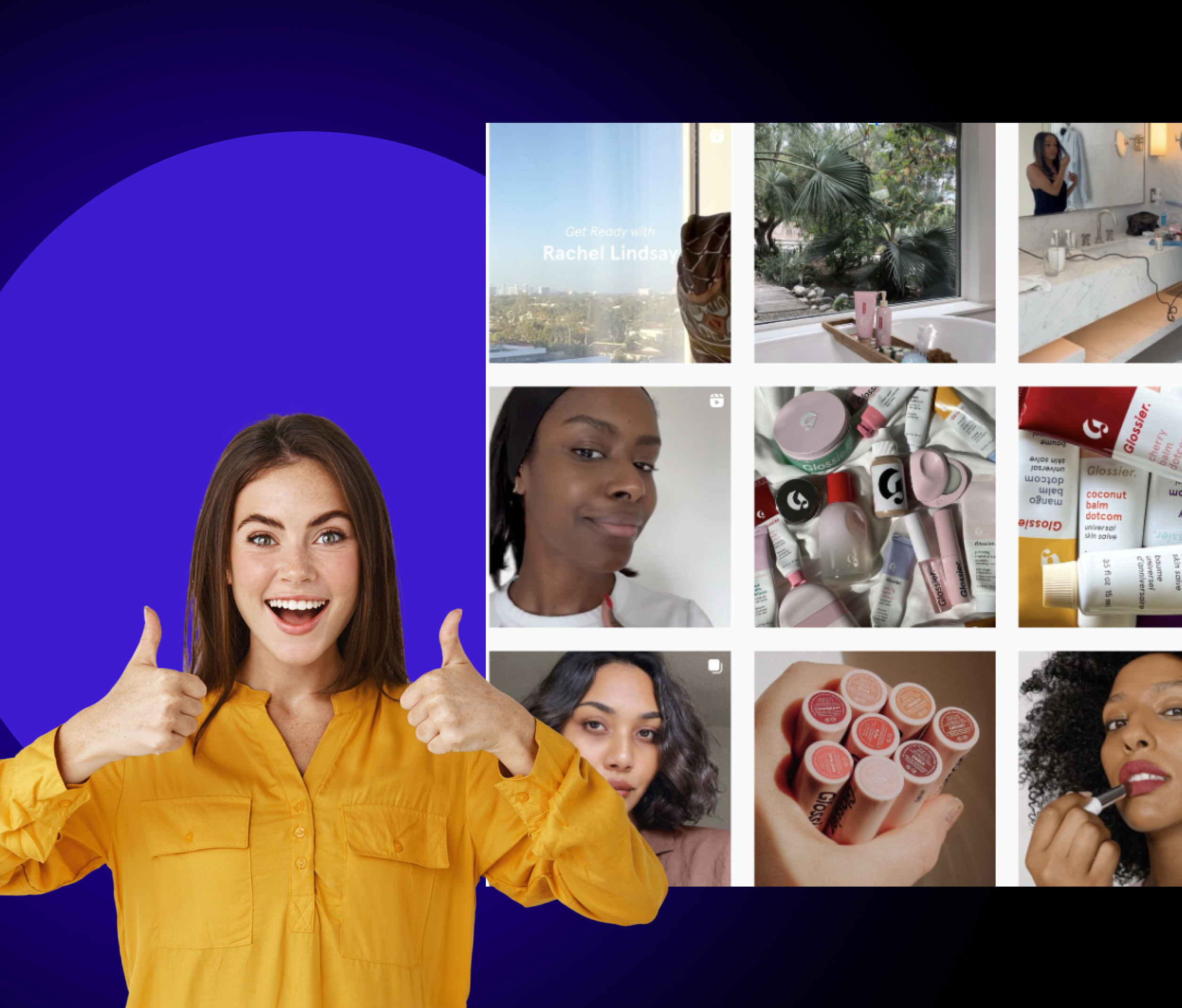

.webp)






